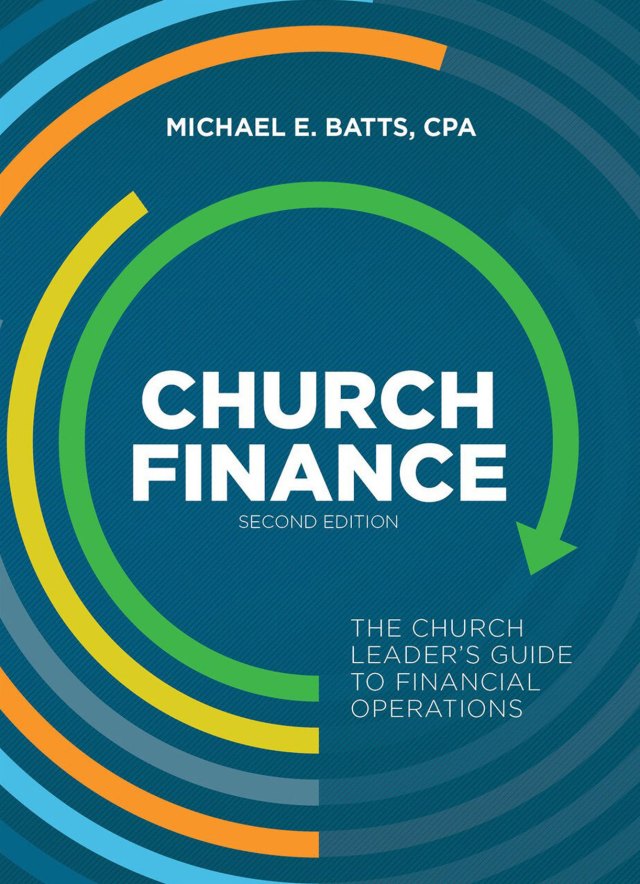Sadly, embezzlement is an all too common problem in churches. Often poor internal controls, such as those listed below, are the reason it occurs.
One person counts church offerings
How embezzlement may occur: This person may remove cash, especially if not in an offering envelope.
Preventative action: Have more than one person count each offering. The more people involved, the lower the risk of embezzlement.
Don’t wait – become a Church Law & Tax Advantage Member today!
No regular turnover or rotation among those counting church offerings
How embezzlement may occur: The same two people count church offerings every week. After a number of years, they agree to remove cash and divide it between them.
Preventative action: A pool of counters should be identified, and each offering should be counted by a randomly selected number of people from this pool.
One person collects the offerings
How embezzlement may occur: An usher collects offerings in the church balcony during each service; while carrying offerings down a stairway to a counting room, he or she pockets all loose bills.
Preventative action: There should be at least two people who collect the offering in the balcony, and they should accompany each other down the stairs to the counting room. Further, these individuals should be rotated.
Offering counts are submitted to the person who deposits the offering
How embezzlement may occur: The counters provide the individual who deposits the offering with a count. This individual disregards the count, withholds several bills unaccompanied by offering envelopes, and then deposits the lower amount.
Preventative action: Different individuals should count and deposit church offerings. A person who neither counts offerings nor deposits them with a bank should be assigned the responsibility of reconciling offering counts with the bank deposit slips.
Offering counts and bank deposit slips are not regularly reconciled
How embezzlement may occur: A church only assigns an employee to reconcile the first offering of each month with a bank deposit slip. The person who deposits offerings is aware of this practice, and embezzles loose cash before depositing offerings from the remaining services of each month.
Preventative action: Offering counts and bank deposit slips should be reconciled for every service. Or, reconcile offering counts with monthly bank statements.
Only one signature is needed to write a check
How embezzlement may occur: A church employee is given sole signature authority on the church’s checking account. The employee pays for a number of personal expenses with this checking account.
Preventative action: At least two signatures should be required for all checks.
Members contribute coins and currency (not checks) without using offering envelopes
How embezzlement may occur: This is one of the major causes of embezzlement. People who embezzle church funds often restrict their activities to cash that was not contributed in an offering envelope. Embezzlers assume that it will be more difficult to detect their behavior under these circumstances, since the church cannot provide these donors with a receipt for their contributions (that will reveal discrepancies).
Preventative action: Churches should provide offering envelopes to all members for each week, and also place them in church pews for easy access. Members should periodically be encouraged to use offering envelopes. While they are not required to substantiate charitable contributions, they do reduce the risk of embezzlement. Also, offering counts should note (as a subtotal) loose cash unaccompanied by offering envelopes. This practice will reveal fluctuations that may indicate embezzlement, and will serve as a deterrent.
Contribution receipts are not issued, or they are issued but members don’t report discrepancies to the church
How embezzlement may occur: A church does not provide members with receipts of their contributions. A church employee embezzles cash (whether or not accompanied by an offering envelope), knowing that the risk of discovery is remote. The same risk exists if a church issues contribution receipts but does not actively encourage members to verify the accuracy of these receipts.
Preventative action: Churches should issue a contribution receipt to each donor, and encourage donors to immediately call to the attention of church leaders any discrepancies between their own records and the amount reflected on the church receipt. Discrepancies should not be reported to the person who prepares contribution receipts.
Offerings are not deposited immediately
How embezzlement may occur: When offerings are not promptly deposited, the risk of embezzlement increases since funds are accessible longer. Further, some people may claim they “reimbursed” themselves out of church funds for unauthorized expenses.
Preventative action: Offerings should be deposited promptly with a bank.
Monthly bank statements are not reviewed by someone having no responsibility for handling cash
How embezzlement may occur: A church bookkeeper writes a check to a fictitious company, then cashes it. The bookkeeper is responsible for reconciling bank statements and does not disclose the embezzlement.
Preventative action: Monthly bank statements should be reviewed by a church official or employee having no responsibility for handling cash or writing checks (ideally, the statements should be sent to this individual’s residence). This form of embezzlement also can be avoided by requiring two signatures on all checks.
Reimbursing employees for travel expenses or purchases of church equipment or supplies without requiring adequate substantiation
How embezzlement may occur: A church employee claims to have purchased equipment for church use, and is reimbursed without substantiation. In fact, the purchase was solely for personal use.
Preventative action: Do not reimburse any employee’s purchase of church supplies or equipment without first obtaining proof that the purchase was duly authorized; also insist on seeing a receipt documenting what was purchased and its price.





